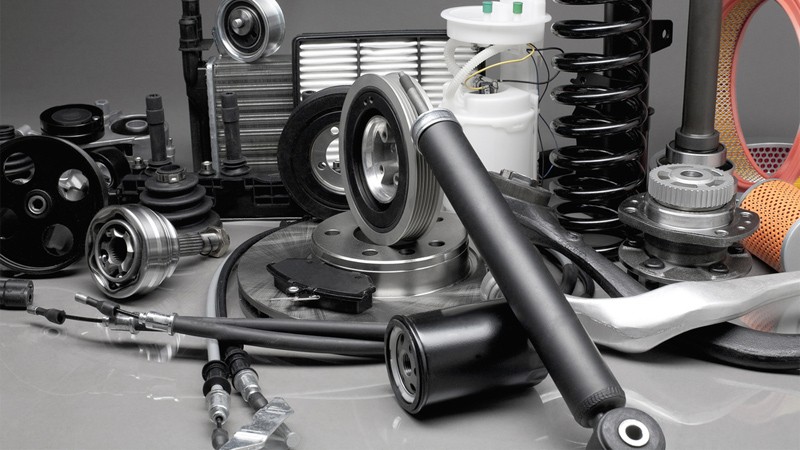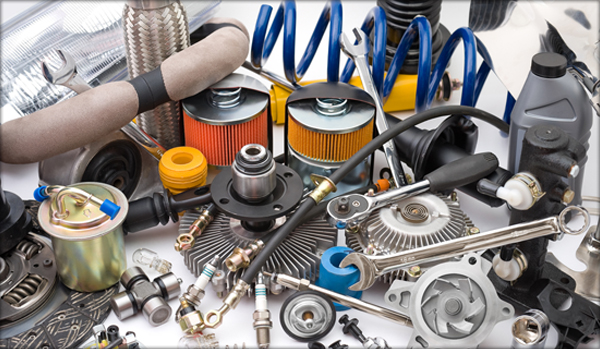Procedures for importing motor vehicle spare parts
It cannot be denied that motor vehicle equipment has contributed significantly to many fields such as construction, agriculture, and many others. We often see cranes, forklifts, and excavators operating at construction sites or manufacturing plants. Due to the nature of the vehicle’s operation, where it frequently impacts hard objects, inspection and replacement of vehicle parts is important to maintain performance and safety.
Customs declaration documents when importing motor vehicle spare parts
Motor vehicle parts are not on the state’s list of goods banned from import and export. Therefore, businesses only need to prepare the following documents to be able to carry out the import process
HS code of motor vehicle spare parts
Commercial Invoice
Sales Contract (Commercial Contract)
Packing List (Packing List)
Certificate of Origin (C/O) – Form VK, Form B, Form E, Form D, … (Certificate of origin)
Bill of Lading (Sea bill of lading / Air bill of lading)
Import tax on motor vehicle parts
| Product Name | Code | Code HS |
|---|---|---|
| Elastic leaf spring for excavator brake | Chương 73 | 73209090 |
| The buffalo head is used to fix the digging wheel | Chương 73 | 73269099 |
Special import tax on motor vehicle spare parts
| Code HS | Import Tax | Tax |
|---|---|---|
| 73209090 | 3% | 10% |
| 73269099 | 10% | 10% |
| Import Source | Code HS | Special preferential import tax | C/O Form |
|---|---|---|---|
| China | 73209090 | 0% | Form E |
| Thai Lan, Malaysia, ASEAN | 73269099 | 0% | Form D |
| Australia và Niudilan | 73269099 | 0% | Form AANZ |

The policy on importing motor vehicle parts is very complex and requires importers to have solid knowledge of foreign trade and a deep understanding of customs laws. Please contact us to easily complete procedures for importing motor vehicle parts in the fastest and most economical way.
Process of importing motor vehicle spare parts
The process of importing motor vehicle parts usually includes the following steps:
Step 1: Contact and Negotiate with Supplier
Contact motor vehicle parts suppliers to negotiate prices, quantities, and delivery terms.
Step 2: Prepare Documents and Certifications
Collect important documents such as Invoice, Packing List, and other certificates related to origin, quality, and safety.
Step 3: Determine the HS Code (System Code) for the Spare Part
Determine the HS Code for each type of spare parts based on their characteristics and physical properties.
Step 4: Register for Customs and Import Taxes
Register customs information and import taxes with customs authorities to be able to clear goods.
Step 5: Check Taxes and Special Offers (If Any)
Check and determine normal import taxes and special incentives, if any, according to customs regulations.
Step 6: Transport and Loading
Organize the transportation of goods from the supplier to the export port, and load the goods into containers or transport vehicles.
Step 7: Departure and Collect Exit Documents
Complete exit formalities at the export port and collect all relevant documents.
Step 8: Immigration and Customs Clearance at Arrival Port
Receive goods at the port of arrival and carry out immigration customs procedures.
Step 9: Pay Taxes and Fees
Pay taxes and customs fees related to the import process.
Step 10: Inspect Goods and Maintain Documents
Inspect goods after customs clearance, and retain all important documents for legal preservation and management.

We hope that through this article, you have grasped important information and necessary notes during the process of importing motor vehicle parts. Hopefully these shares from Thanh Tin Logistics can help you be more confident when approaching the international market.
Contact us:
☎️ Hotline/zalo: 0974.760.690 – 0986.865.537
🌎 Website: https://vantaithanhtin.com.vn
📧 Email : thanhtingruop@gmail.com
📌 Address: No. 251 Van Tri, Van Noi, Dong Anh, Hanoi
